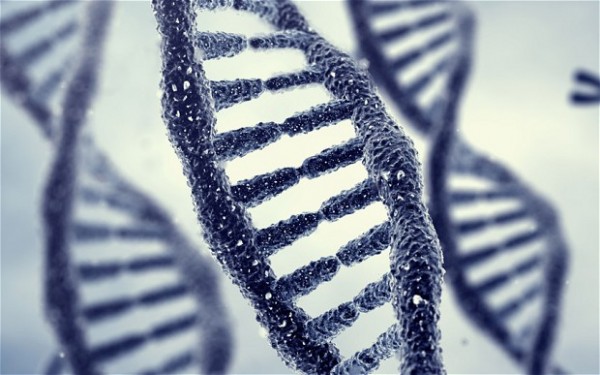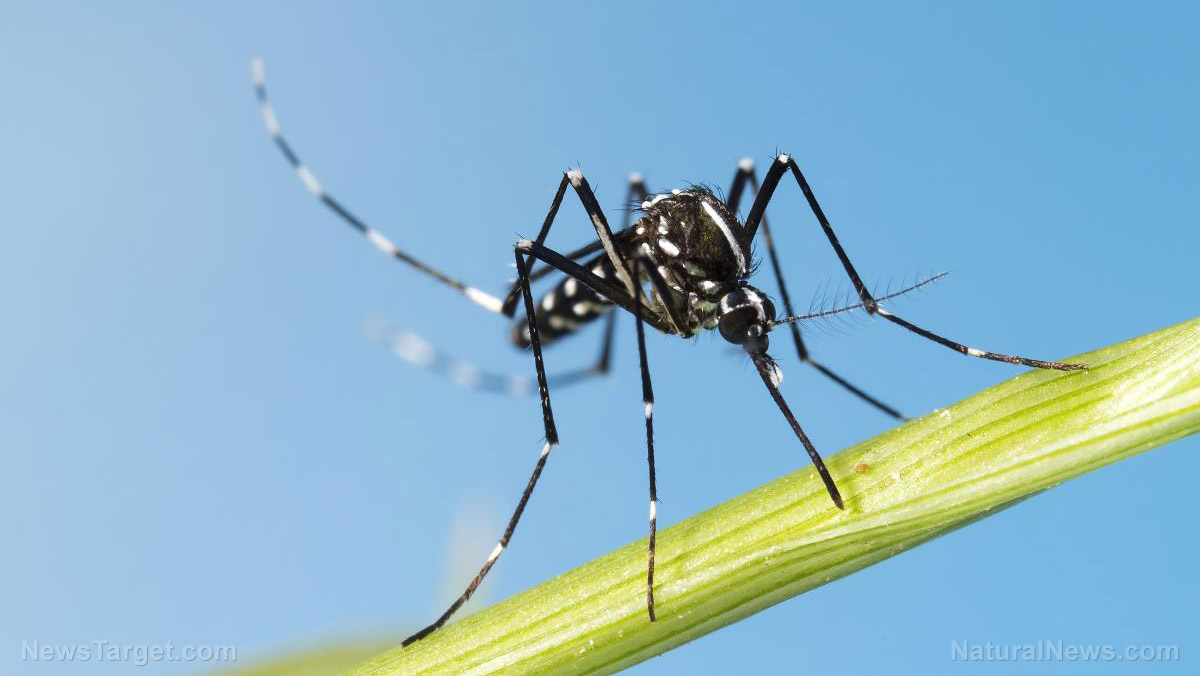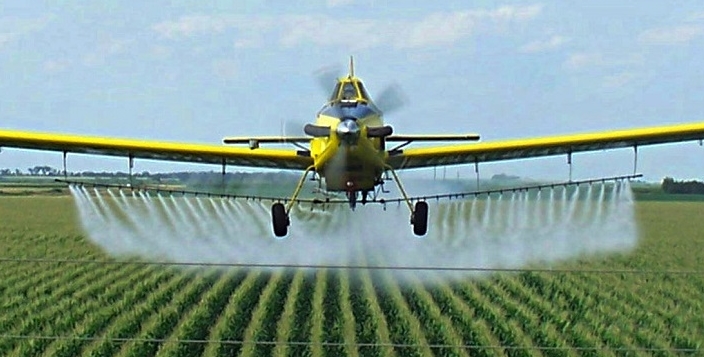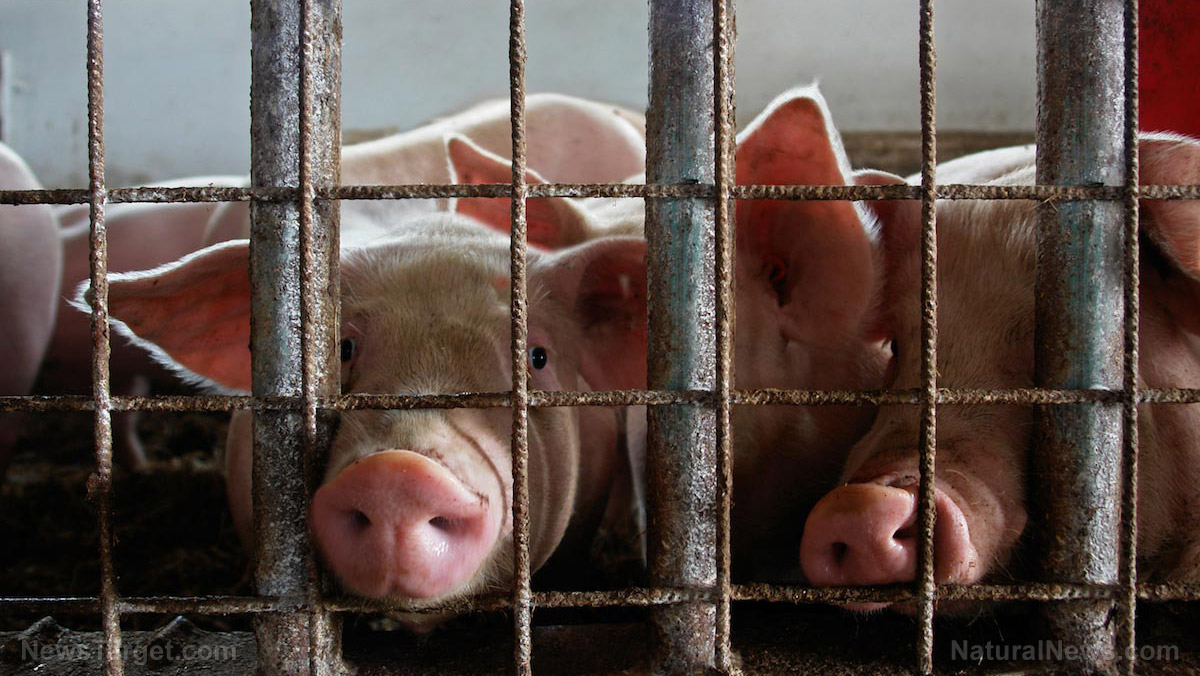
In the study, the researchers utilized genetically modified nematodes to analyze the effects of environmental change -- but their study also revealed something more sinister: The impact of genetic modification. This recent research has shown that genetic modifications can persist and remain active throughout many generations. The transgenic nematodes were altered to contain a fluorescent protein. The team found that the protein became more active in a warmer environment, and that the more active state of the protein was passed on through multiple generations of nematode worms.
The findings, which were intended to demonstrate the effects of temperature shifts, also illustrate the fact that genetic engineering can have a lasting effect on a species -- and also that even small changes in environment can have long-term impacts on animals and their offspring. Think about it: If just shifting temperature by a few degrees can affect genes, what are chemical fertilizers, pesticides and other toxins that are literally poured into our environment really doing -- not just to us, but to every living thing these substances come into contact with? If just temperature can elicit changes that last for 14 generations, what are these far more damaging chemicals capable of doing?
Past research has shown that pesticides are also capable of leaving a lasting impact on the future. In fact, the negative effects of pesticides can be harmful to up to three generations. Pesticides are capable of turning certain genes on or off, through what is known as "epigenetics." Basically, what your great-grandparents were exposed to could increase your own risk of certain diseases or conditions due to the changes in genetics caused by exposure to toxins.
In the same vein, genetic engineering can also persist throughout generations -- and it can even expand from one "family" to another. Four years ago, Mike Adams reported on the genetic pollution of wheat crops in US states. GE wheat had escaped from so-called "field experiments" in 16 different states and polluted crops were found in Oregon. Further testing by the USDA revealed that the experimental GE wheat had infiltrated and polluted wheat crops in many other states.
As Mike Adams explains, "The spread of GM wheat from experimental fields to wheat production fields is proof that GMOs cause genetic pollution -- self-replicating pollution with the potential to devastate global food production."
This new study of nematodes emphasizes this by showing how genetic modifications can remain present and active for up to 14 generations beyond the initial GE organism -- and with cross-breeding or cross-pollination, GE alterations could very well persist in the environment far beyond that. The finding that genetic alterations, or "transgenes," can remain present for so long is devastating -- and it shows that you really can't "put the cat back in the bag," as they say. Genetic engineering has opened a can of worms, and the effects seem to be more far-reaching than we could have ever imagined. (RELATED: Learn more about the dangers of genetic engineering at GMO.news)
Genetic pollution is a serious problem that is growing with every release of a GM product. Once organisms created through GE technology are released into the environment, there is no going back. These species -- plant or animal-- are capable of breeding with others and spreading their GE traits, and these traits clearly remain in the environment for multiple generations. And as Northwest Resistance Against Genetic Engineering explains, it is even possible that one GE organism could transfer their GE traits to other species, as well as their own. "For example, genes from GM crops, fish or trees may move into the gene pools of related species in the wild. The introduction of genetically engineered organisms into complex ecosystems may bring about effects that we are unable to control."
GMOs, and the pesticides and fertilizers that accompany GE crops, are clearly capable of imposing grievous damage to the environment -- and that damage can persist for many generations.
Sources:
Please contact us for more information.























